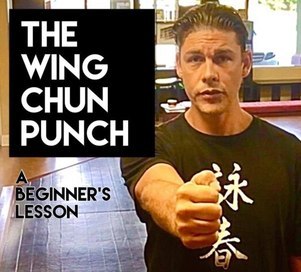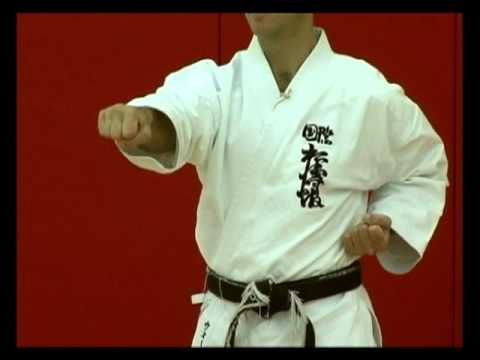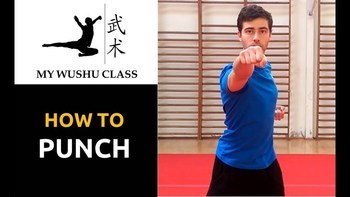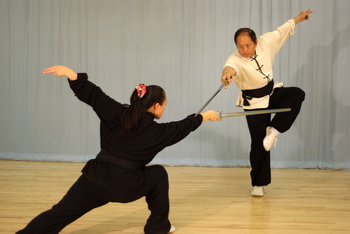Flying Crane
Sr. Grandmaster
No sure what you are talking about here. Linear move does not need torso rotation, but circular move does. In that form, it's just a linear punch.
So in the context of the TomTui or long fist, what purpose does holding the second hand extended and to the back, like it is done in that clip? If there is no rotation, then why is the arm in that position?





